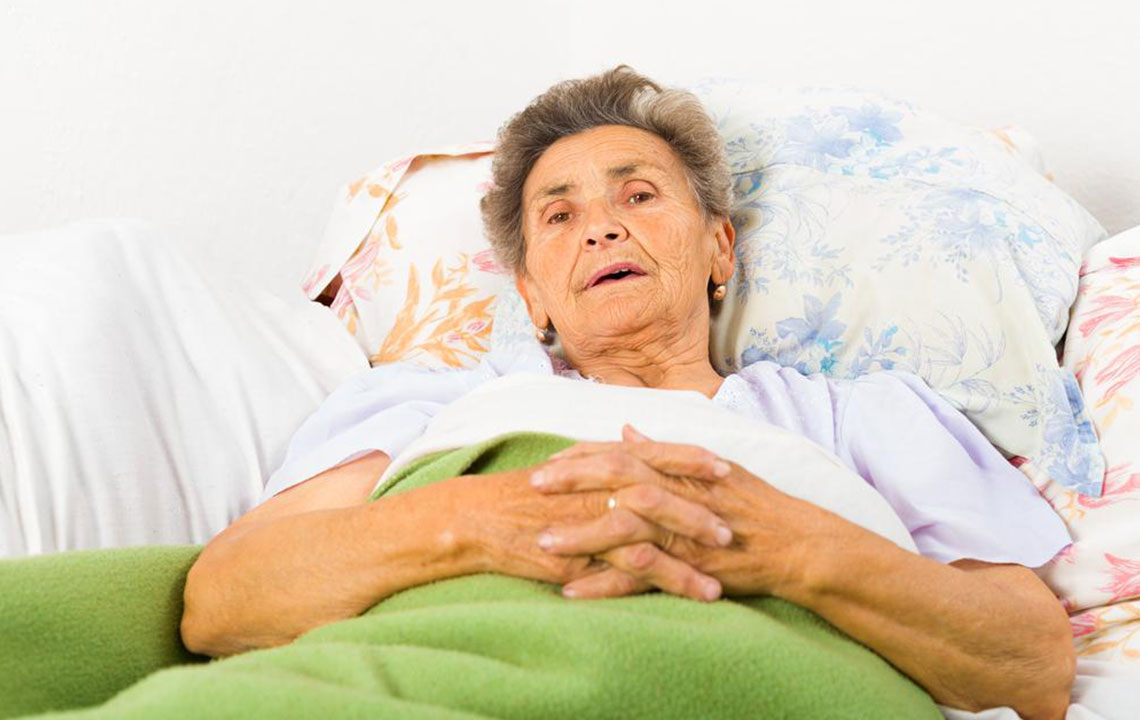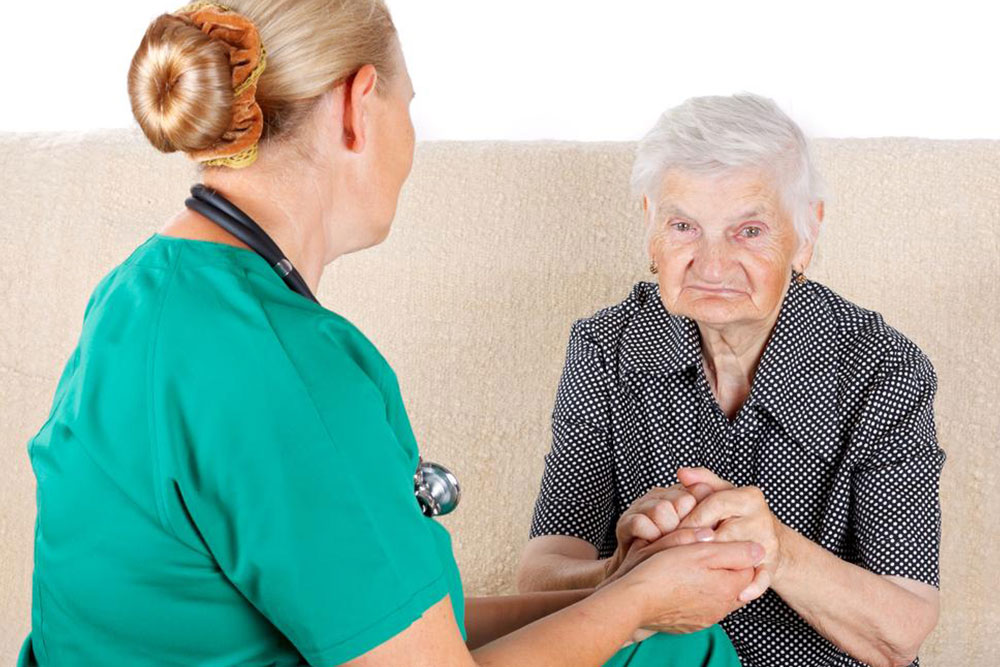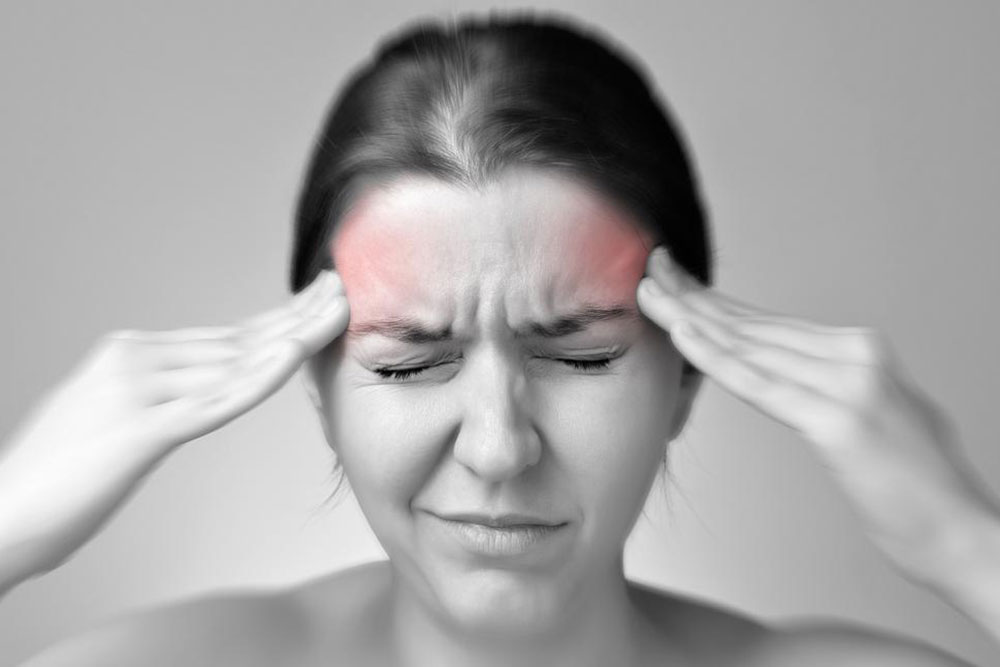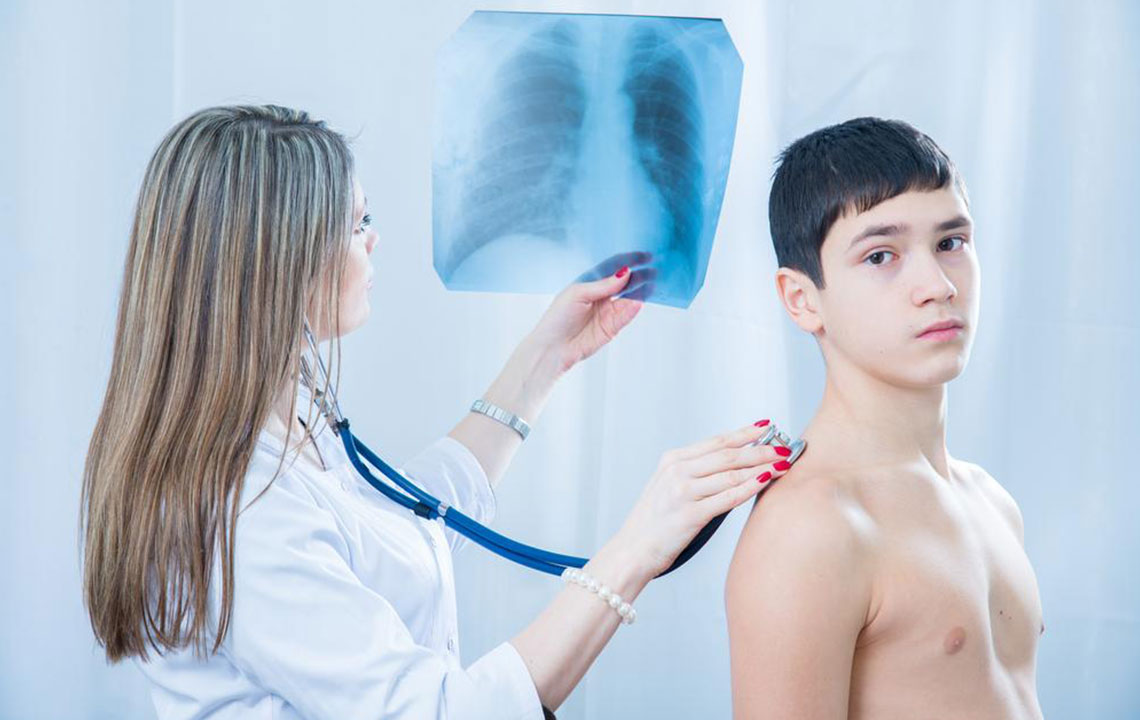Comprehensive Guide to Recognizing and Managing Parkinson's Disease
This comprehensive guide explores the symptoms, diagnosis, and management of Parkinson's disease, emphasizing early recognition, effective treatments, and caregiving tips. Learn how to support loved ones and improve their quality of life through a multidisciplinary approach that combines medication, lifestyle changes, and emotional support. Recognizing early signs and understanding available therapies can make a significant difference in disease outcome and daily living.

Comprehensive Guide to Recognizing and Managing Parkinson's Disease
Parkinson's disease is a complex, progressive neurological disorder that affects millions of people worldwide. With an estimated four million individuals living with this condition, understanding its symptoms, progression, and management options is crucial for patients, caregivers, and healthcare providers alike. Caused by the gradual loss of dopamine-producing neurons in the brain, Parkinson's impacts both motor functions and non-motor aspects of health, significantly affecting quality of life. This article provides an in-depth exploration of the early signs, symptoms, treatment strategies, and caregiving tips to help manage this challenging disease effectively.
Recognizing the initial signs of Parkinson's disease can be challenging because they often resemble common signs of aging or minor health issues. In general, patients tend to lose more than 60-80% of dopamine neurons before receiving a formal diagnosis. As the disease progresses, symptoms become more persistent and debilitating, necessitating a comprehensive approach to manage symptoms and maintain functionality. Awareness and early detection are essential to improve outcomes and enhance life quality for those affected by Parkinson's.
Resting Tremors: One of the hallmark signs, especially evident when the affected limb or facial muscles shake involuntarily. These tremors often begin on one side of the body and are more noticeable during rest. They tend to worsen with stress or anxiety and lessen when the individual is relaxed or engaged in activities. Over time, the tremors may spread to other parts of the body, significantly impacting daily activities.
This neurological condition initially manifests on one side of the body with characteristic tremors, which can later become bilateral. Muscle rigidity, stiffness, and bradykinesia (slowness of movement) interfere with everyday tasks such as walking, writing, or dressing. Facial muscles weaken, resulting in a mask-like expression, reduced blinking, and difficulty with speech or swallowing. Other common early signs include decreased arm swing during walking, shuffling gait, and a reduced sense of smell. As the disease advances, cognitive impairment, memory problems, mood disorders, and emotional instability often develop. Men are more prone to diagnosis, and symptoms like erectile dysfunction and constipation are frequently reported alongside motor issues.
Effective Treatment Strategies
Currently, Parkinson's disease has no definitive cure, but various medications and surgical procedures can effectively manage symptoms. The most common medication is Levodopa, which replenishes dopamine levels in the brain, alleviating motor symptoms such as tremors, rigidity, and bradykinesia. Dopamine agonists and enzyme inhibitors are also used to enhance symptom control. In addition to pharmacotherapy, deep brain stimulation (DBS) surgery offers an option for selected patients. DBS involves implanting electrodes into specific brain regions to regulate abnormal activity, helping reduce tremors and rigidity. However, it carries certain risks, including infection and bleeding, and is typically considered when medication no longer provides sufficient relief.
Managing Parkinson's also involves lifestyle modifications, physical therapy, and emotional support. Regular exercise can improve mobility and balance, while occupational therapy assists with daily activities. Medications should be taken consistently, as prescribed, to maintain optimal dopamine levels. Additionally, caregivers should monitor for side effects and communicate regularly with healthcare professionals to tailor treatment plans effectively. A multidisciplinary approach enhances quality of life and helps delay disease progression.
Supporting Loved Ones with Parkinson's
Keep meticulous records of medical appointments, medication schedules, and symptom changes to facilitate effective communication with healthcare providers.
Learn as much as possible about Parkinson's disease to better understand your loved one's experiences and needs.
Modify the home environment by removing tripping hazards, installing grab bars, and ensuring easy access to frequently used items to promote safety.
Provide emotional support through patience, encouragement, and active listening to help reduce anxiety, depression, or emotional distress.
Seek respite and support networks, including caregiver groups and professional counseling, to manage caregiver stress and maintain well-being.





